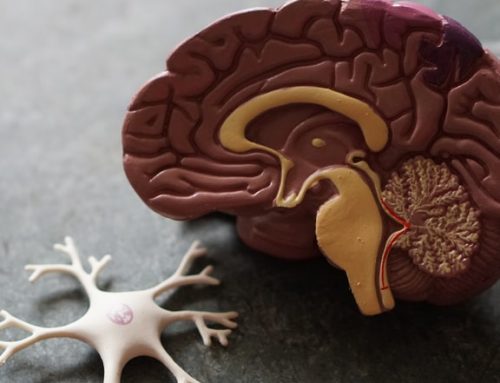Kim Brown – 2 July 2021
As a former TPR employee I’ve seen first-hand TPR’s commitment to diversity and inclusion. I proudly marched the first time the organisation joined Brighton’s pride parade, listened to inspiring stories of successful women from in and outside the organisation and, most impactfully for me, was an Ally for their Minority Ethnic network.
So I was delighted to see TPR further expanding their commitment with their first D&I strategy. My colleagues at NextGen have applauded it too.
Making TPR more diverse and inclusive
TPR isn’t perfect and it’s great therefore that their strategy starts at their own front door. They’re looking to make sure they, as an employer, develop a more inclusive culture and improve diversity at all levels of their organisation. They’ve even set themselves targets for increasing representation, particularly at their senior leadership level.
I was personally pleased that they had greater data highlighting the work required. While the gender pay gap is well understood, it’s great to see TPR joining those organisations now able to report more broadly on other underrepresented groups receiving unequal pay (and subsequently poorer pensions). As an industry, our response to pay gaps and underrepresentation in senior roles can’t just be restricted to an annual outcry each international women’s day. It needs a co-ordinated response and so it’s great to hear TPR wanting to use their influence, working collaboratively with the industry and other bodies, to face these challenges.
What will be important in recruiting a more diverse TPR is ensuring that they also achieve cognitive diversity. Recruiting people of different genders, for instance, is a great first step. But if those individuals come from the same socio-economic background, attended the same red brick university and have followed a similar career path, they may well not achieve the diversity of thought hoped for. In NextGen’s report on recruiting a cognitively diverse workforce we discuss ways to consider both traditional and cognitive diversity through recruitment.
The next important step – although we would argue this is the first step – is ensuring that employees, or equally trustee boards, feel included. There really is little point recruiting a diverse and cognitively diverse group only for them to not feel they can offer up the different perspective and viewpoints you’re looking for. TPR have already started working on the delivery of this strategy by creating D&I sub-working groups. In the inaugural meeting of the group that I co-chair, participants focused on inclusion being essential. We’re aiming to deliver practical tips and case studies for trustees and the pensions industry more generally, in the form of checklists for chairs, self-assessment processes and guidance on healthy challenges in trustee meetings.
Making pensions more diverse and inclusive
TPR’s approach isn’t new but their external commitment to it is. Having joined TPR’s working groups developing this strategy, there was strong consensus that TPR should use tools that have already been developed. Many organisations, including the PLSA and NextGen, have done some of the heavy lifting already, drawing together the research and business case on the importance of D&I and some practical tips for trustees and the industry. We can also look to the approach corporate organisations are already taking.
Some final thoughts on the strategy itself. I felt the focus on intersectionality was great – intersectionality needs to be a thread running through all materials that are produced rather than being a separate and distinct consideration. As a Brighton and Hove resident, I’m also delighted to hear of their intention to support the communities of the towns they work in. They’re a large employer with a talented team and I’m sure they can provide real value here.
This is a regulator passionate about making a change and being clear about their great intentions. I look forward to supporting TPR in delivering their objectives.






Leave A Comment